Williams T.
Table of contents :
1.1 What is EMC?……Page 7
1.1.1 Compatibility between systems……Page 10
1.1.2 The scope of EMC……Page 11
1.1.3 The compatibility gap……Page 17
1.2.1 The new approach directives……Page 18
1.2.3 Scope, requirements and exceptions……Page 21
1.2.4 The CE mark and the declaration of conformity……Page 24
1.2.5 Manufacturing quality assessment……Page 26
1.2.6 Systems and installations……Page 27
1.2.7 Implementation, enforcement and sanctions……Page 29
1.3.1 Self certification……Page 32
1.3.2 The technical construction file……Page 33
1.3.3 Radio transmitters and telecom terminal equipment……Page 34
Annexes applicable:……Page 35
1.3.5 Standards……Page 38
A. Self certification……Page 40
1.5.1 SLIM……Page 41
1.5.2 The second edition……Page 42
2.1.1 The International Electrotechnical Commission……Page 43
2.1.2 CENELEC and ETSI……Page 47
7.2.5 Transient and RF immunity – analogue circuits……Page 0
2.2.2 EN 50081 part 2: 1993……Page 51
2.2.3 EN 55011: 1998 + A1: 1999……Page 52
2.2.5 EN 55022: 1998……Page 53
2.3.1 EN 50082 part 1: 1997……Page 54
2.3.2 EN 50082 part 2: 1995 (EN 61000-6-2: 1999)……Page 55
2.4.1 IEC 61000-3……Page 56
2.4.2 IEC 61000-4……Page 58
2.5 Product standards……Page 61
Emissions: EN 55013: 1990 + A12, A13, A14……Page 62
Immunity: EN 55020: 1994 + A11, A12, A13, A14……Page 63
Emissions: EN 55015: 1996 + A1, A2……Page 64
Immunity: EN 61547: 1995……Page 65
Immunity: EN 55103-2: 1996……Page 66
Immunity: EN 50130-4: 1995 + A1: 1998……Page 67
Emissions and immunity: EN 300386-2: 1997……Page 68
Emissions and immunity: EN 61800-3: 1996 + A11: 2000……Page 69
Emissions and immunity: EN 60 601-1-2 : 1993……Page 70
2.5.13 Other product standards……Page 71
2.6.1 FCC Rules……Page 73
2.6.2 Other non-harmonized standards……Page 74
2.7 RF emissions limits……Page 75
3.1.1 Measurement instrumentation……Page 77
3.1.2 Transducers……Page 84
3.1.3 Facilities……Page 93
3.1.4 Test methods……Page 100
3.1.5 Sources of uncertainty……Page 103
3.2.1 Equipment……Page 110
3.2.3 Equipment classification and limits……Page 112
3.2.4 Flicker……Page 114
4.1.1 Equipment……Page 119
4.1.2 Facilities……Page 126
4.1.3 Test methods……Page 129
4.1.4 Conducted RF immunity……Page 133
4.2.1 ESD……Page 135
4.2.2 EFT burst transients……Page 137
4.2.3 Surge……Page 139
4.2.4 Sources of variability……Page 141
4.3.1 Magnetic field……Page 142
4.3.2 Voltage dips and interrupts……Page 143
4.4 Evaluation of results……Page 145
4.4.1 Performance criteria……Page 146
5.1 Source and victim……Page 149
5.1.1 Common impedance coupling……Page 150
5.1.2 Distributed near field coupling……Page 153
5.1.3 Mains coupling……Page 154
5.1.4 Radiated coupling……Page 155
5.1.5 Coupling modes……Page 158
5.2.1 Radiated emissions……Page 161
5.2.2 Conducted emissions……Page 164
5.3 Immunity……Page 166
5.3.1 Radiated field……Page 167
5.3.2 Transients……Page 171
5.3.3 Electrostatic discharge……Page 175
5.3.4 LF magnetic fields……Page 177
5.3.5 Supply voltage phenomena……Page 178
5.4.2 Non-linear loads……Page 180
6 Layout and grounding……Page 185
6.1.1 System partitioning……Page 186
6.1.2 Grounding……Page 188
6.1.3 Ground systems……Page 191
Grounding principles……Page 194
6.2.1 Ground layout without a ground plane……Page 195
6.2.2 Using a ground plane……Page 197
6.2.3 Configuring I/O and circuit grounds……Page 205
6.2.4 Rules for PCB layout……Page 208
Grounding rules……Page 209
7.1.1 The Fourier spectrum……Page 211
7.1.2 Radiation from logic circuits……Page 214
7.1.3 Digital circuit decoupling……Page 222
7.1.4 Analogue circuits: emissions……Page 226
7.1.5 The switching power supply……Page 227
7.2 Design for immunity……Page 233
Logic immunity principles……Page 234
7.2.2 Logic noise immunity……Page 240
7.2.3 The microprocessor watchdog……Page 242
7.2.4 Defensive programming……Page 245
Analogue immunity principles……Page 249
8.1.1 Cable segregation and returns……Page 255
8.1.2 Cable screens at low frequencies……Page 256
8.1.3 Cable screens at RF……Page 259
8.1.4 Types of cable screen……Page 260
8.1.5 Screened cable connections……Page 262
8.1.6 Unscreened cables……Page 264
8.1.7 Structured cabling: UTP versus STP……Page 267
8.2.1 Filter configuration……Page 268
8.2.2 Components……Page 272
8.2.3 Mains filters……Page 277
8.2.4 I/O filtering……Page 282
8.2.5 Transient suppression……Page 284
8.2.6 Contact suppression……Page 286
8.3.1 Shielding theory for an infinite barrier……Page 289
8.3.2 LF magnetic fields……Page 291
8.3.3 The effect of apertures……Page 292
8.3.4 The image plane……Page 298
8.3.5 Shielding hardware……Page 300
8.3.6 Standardization of enclosure SE……Page 304
To shield or not to shield……Page 290
9.1.1 Putting EMC in context……Page 305
9.1.2 The EMC co-ordinator……Page 306
9.2.2 Contents……Page 308
9.3.2 Contents……Page 309
9.3.3 Test and calibration procedures……Page 312
9.3.5 Production QA testing……Page 313
A Design checklist……Page 315
B.1 Overview……Page 317
B.2 Modelling packages……Page 318
B.3 Circuit CAD……Page 319
C.1 The deciBel……Page 321
C.2 Antennas……Page 322
C.3 Fields……Page 323
C.4 Shielding……Page 326
C.5 Capacitance, inductance and pcb layout……Page 327
C.6 Filters……Page 329
C.7 Fourier series……Page 331
D.2 The European Economic Area……Page 333
Glossary……Page 335
Bibliography……Page 337
Index……Page 349
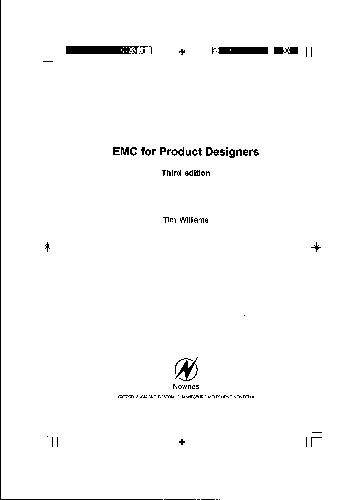
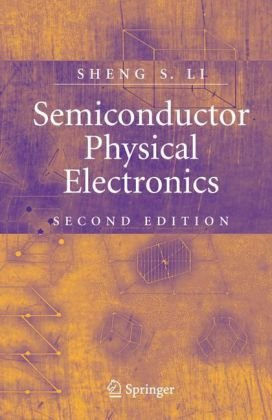


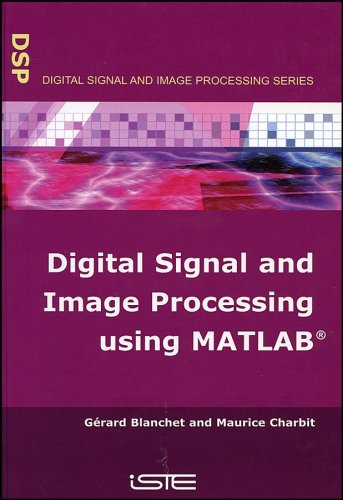
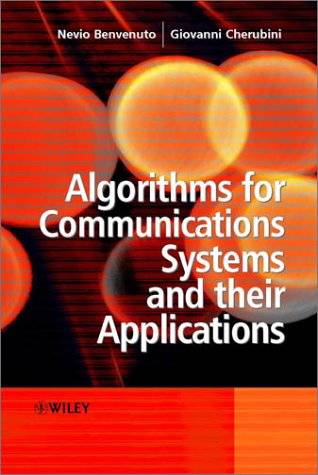
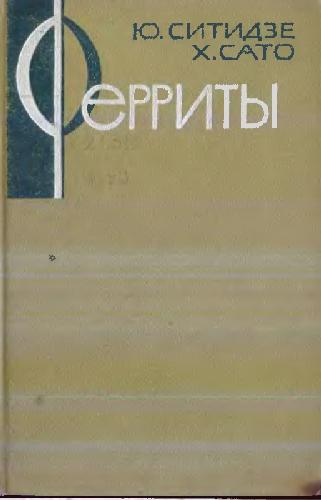
Reviews
There are no reviews yet.